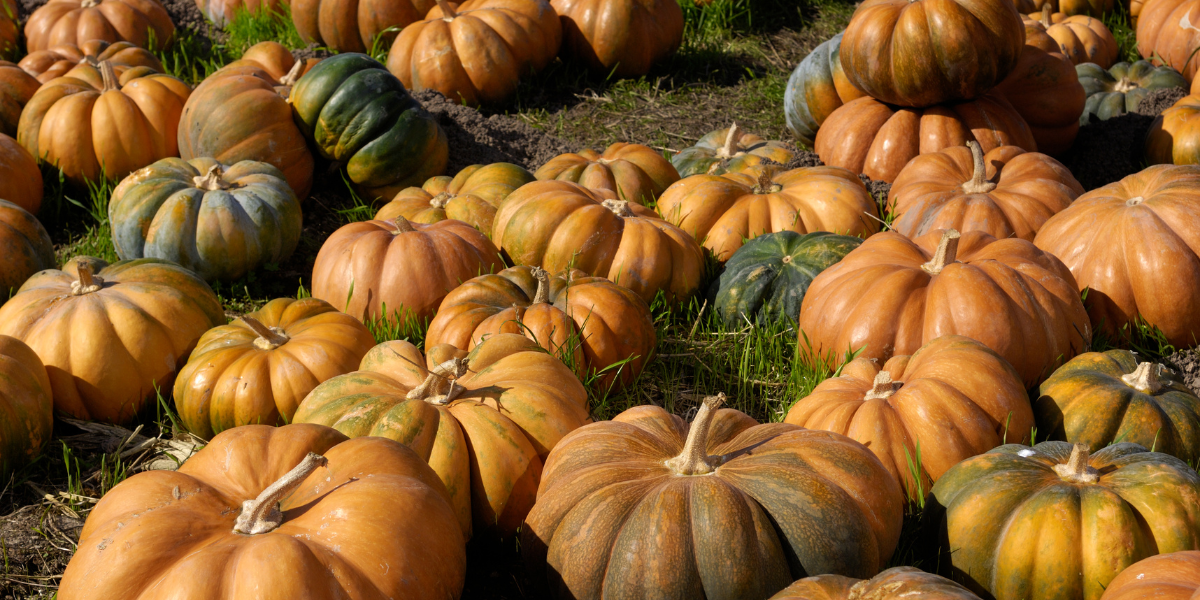For a farmer or gardener, the harvest season is one of the most exciting times of the year, when you get to truly enjoy the fruits of your labor. It’s also a great time to consider the wisdom of the Law of the Harvest: “You reap what you sow.” Let’s look into what the Law of the Harvest means for survival gardeners especially.

If you don’t plant, there will be no harvest. You can’t skip the very first step, because if you didn’t plant a garden, you won’t have anything to harvest. If the food supply is disrupted, you’ll be empty-handed during the harvest season.
You can only reap what you sow. If you only plant one or two types of crops, that’s all you’ll get. That’s fine if you’re wanting a special type of tomato in the summer or a favorite type of herb. However, if you’re relying on your garden to provide enough food to feed your family, a diverse garden with different kinds of fruits, vegetables, and herbs will be important to keep you well-fed, nourished, and satisfied. It will also help you to have some backup crops in case a particular pest or disease destroys certain types of plants.

You usually reap more than you sow. Of course, you can always eat some of your seeds, but planting seeds leads to growth and, ultimately, more food. That’s why it’s important to save some of your seeds from every harvest, even if you’re growing a grain that you ordinarily eat for seed.
The reaping is in proportion to the planting. Small gardens produce small harvests. Generous plantings in large gardens create bountiful harvests. Sometimes you’ve only got room for a small garden, but every little extra will add up. If you’re planting to feed a family, plant enough to last a season and put some away.

Good seeds produce good harvests. This is foundational to everything we do at Survival Garden Seeds. We carefully choose heirloom, open-pollinated seeds from tried and true varieties. Our seeds will breed true and produce the same plants, generation after generation. It also means we rigorously test our seeds to ensure they have high germination rates so that you don’t get a bad batch of seeds.
The wisdom of the Law of the Harvest applies throughout daily life. Planting the seeds of kindness and generosity can yield big results. For example, during the harvest, if you’ve got more food than you can eat or reasonably store for an emergency, share! Don’t let food go to waste. You’ll reap the rewards of a healthier, more stable community and relationship with your neighbors, friends, and family.























